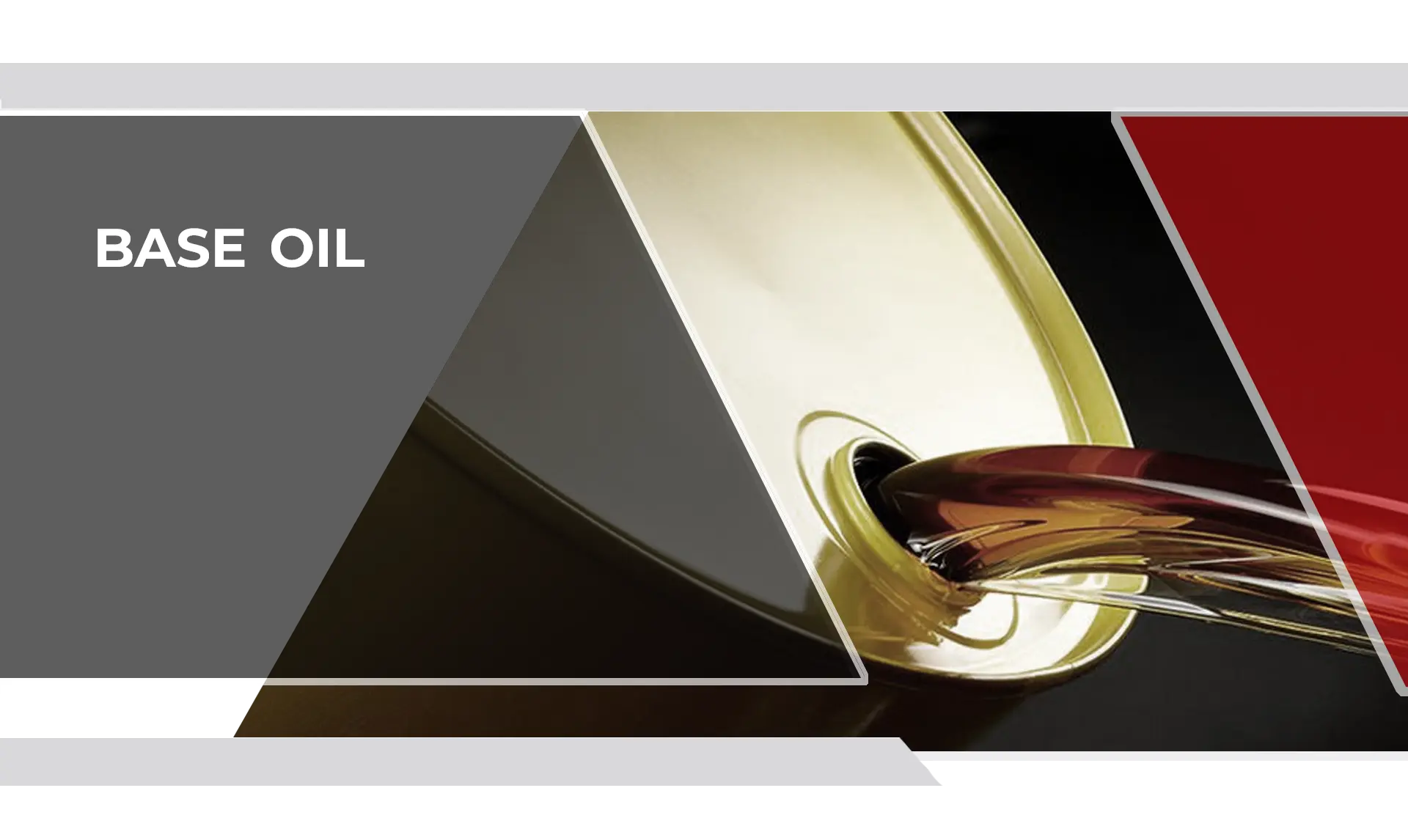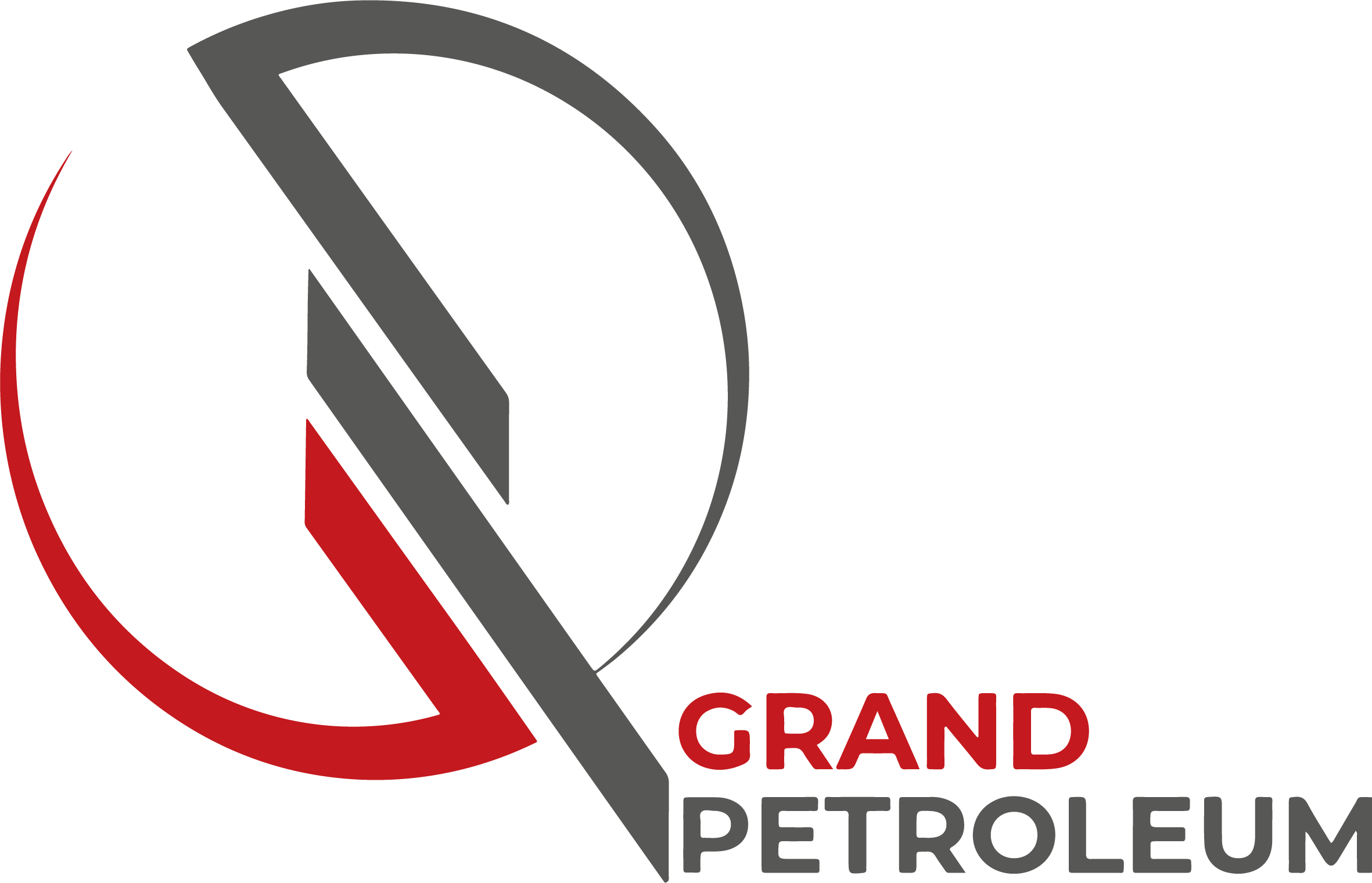
Base Oil
Everything to know about Base Oil
Base oil serves as the foundational element for creating lubricants. By incorporating various additives into the base oil, the completed lubricant product is formed. In terms of volume, base oils constitute the primary ingredient in lubricants, accounting for over 95% of a roller’s formulation by weight.
Given that the majority of base oils employed in lubricant manufacturing are derived from petroleum, the base oil sector is regarded as an integral component of the broader petroleum industry.
Applications of Base Oil:
Base oil comprises 75-80% of the composition in contemporary automotive engine oils. An additional 10 to 20 percent is made up of an additive package, while a viscosity index improver, which mitigates viscosity loss at elevated temperatures, constitutes 5-10% of the mixture. Various inhibitors, which make up less than 1% of the total, round out the formulation.
What are different groups of Base Oil?
Base oils, which constitute the foundation of all lubricants, are typically blended with approximately 90% base oil and 10% performance-enhancing additives. The American Petroleum Institute (API) has categorized these base oils into five distinct groups, each differentiated by their levels of saturation, sulfur content, and viscosity index.
Saturation Level:
Saturation in base oils pertains to the presence of saturated hydrocarbon molecules, which are inherent in the oil and can be increased through the refining process. Oils with higher saturation levels possess stronger molecular bonds, rendering them more robust against degradation and oxidation, as well as better retaining their viscosity.
Sulfur Content:
Sulfur, a naturally occurring element in crude oil, can have both detrimental and beneficial effects on oil performance. Its reactivity with oxygen may lead to adverse outcomes, such as impairing oil functionality and causing harm to exhaust after-treatment systems. However, sulfur can also act as an effective antioxidant, enhancing the oil’s oxidative stability. Lower sulfur levels in the oil translate to greater purity, thereby minimizing the risks of corrosion and oxidation.
Viscosity Index:
The viscosity index is a measure of an oil’s viscosity changes in response to temperature fluctuations, which is assessed at both 40°C and 100°C. A high viscosity index indicates that the oil experiences relatively minor alterations in viscosity with temperature changes. It is a universal characteristic of oils that viscosity increases when temperatures drop and decreases when temperatures rise.
Base oil is derived from the refining process of crude oil. From a 42-gallon barrel of crude oil, approximately 45 gallons of petroleum products can be produced. However, a mere 4.4 gallons, which is less than 1 percent of the total, is utilized for the production of lubricants. The bulk of the barrel is dedicated to creating gasoline, diesel, and kerosene-type jet fuel.
Types of Base Oil
Group I, II, and III are from crude oil (mineral oil), Group IV is fully synthetic oil, and Group V is for all base oils that do not fall into one of the other groups.
1. First group
Group I oils are solvent refined, which is a simpler refining process and makes them the least refined and therefore the cheapest base oils available. Solvent-refined oils are usually composed of a mixture of different hydrocarbon molecules that cannot be distinguished in the refining process. This results in an oil with irregular molecules, which increases friction within the oil. Therefore, Group I oils are often used in low-demand applications.
2. The second group
Group II base oils undergo hydrocracking, which is a more complex process than Group I oils. Hydrocracking is a process that breaks down large hydrocarbon molecules into smaller molecules.
3. The third group
Group III oils go through an even longer process than Group II oils. This process, called severe hydrocracking, is also more severe. More pressure and heat are applied during the refinery process. This results in a purer, higher-quality base oil. Even though Group III oils are derived from crude oil, they are sometimes described as synthetic hydrocarbons.
4. The fourth group
Group IV base oils are polyalphaolefins. These are not extracted but are made from small uniform molecules. This is also the biggest advantage of PAOs because they can be completely designed to have a structure with predictable properties. They are very suitable for use in extremely cold or extremely hot conditions.
5. The fifth group
Group V oils consist of any type of base oil other than those listed in the previously defined groups. If the oil is synthetic and not PAO, the base oil is Group V. They include oils and naphthenic esters. Usually, group V oils are not used as base oils, but as an additive to other base oils.
Classification of Base Oil GROUP I:
Base Oil sn60
Base oil sn60 is a light base oil that has several parameters at the lowest level for lubricant stock.
Base oil sn60 is a Group I base oil that is derived from the further processing of vacuum distillates of specific crude oil fractions.
Applications:
- lubricants and lubricant additives production
- Soluble & Neat Cutting Oil
- Textile Lubricants such as Conning Oil
- Antistatic Oil, Spin Finish Oil and Shoe Polish, Pigments
Agricultural Spray Oil, Mold Oil, and White or Paraffin Oils
Base Oil sn70
Base oil sn70 is light base oil and is derived from the further processing of vacuum distillates of specific crude oil fractions.
Applications
- lubricants and lubricant additives production
- Soluble & Neat Cutting Oil, Textile Lubricants such as Conning Oil
- Antistatic Oil, Spin Finish Oil
- Shoe Polish, Pigments, and Agricultural Spray Oil
- Mold Oil, White & Paraffin Oils
Base Oil sn80
Base oil sn80 has good performance in a wide temperature range and low sulfur, which is used in the production of lubricants and lubrication additives.
Application:
- lubricants and lubricant additives production
- Soluble & Neat Cutting Oil, Textile Lubricants such as Conning Oil
- Antistatic Oil, Spin Finish Oil
- Shoe Polish, Pigments, and Agricultural Spray Oil
- Mold Oil, White & Paraffin Oils
Base Oil sn100
SN100 is derived from the further processing of vacuum distillates of specific crude oil fractions.
Base oil sn100 is a mineral-based non-synthetic base oil.
Applications:
- Soluble & Neat Cutting Oil, Textile Lubricants such as Conning Oil
- Antistatic Oil, Spin Finish Oil
- Shoe Polish, Pigments
- Agricultural Spray Oil, Mold Oil
- White & Paraffin Oil
Base Oil sn150
Base oil sn150 is the result of solvent extraction and waxing processes.
Application:
Base oil sn150 is used as one of the best group I base oils in the formulation of gasoline and diesel engine oils, industrial lubricants, greases, and special products.
- Soluble & Neat Cutting Oil, Textile Lubricants such as Conning Oil
- Antistatic Oil, Spin Finish Oil
- Shoe Polish, Pigments
- Agricultural Spray Oil, Mold Oil
- White & Paraffin Oils
Base Oil sn300
Base oil sn300 is a light-grade base oil and it belongs to Grade I of base oils.
Application:
Sn300 is used in lubricant additive production such as mold oil, transmission fluids, gear oils, metal working fluids, hydraulic oils, and transformer oils.
Base oil sn300 has a long shelf life and it is used in mold oil, transmission fluids, metal working fluids, gear oils, and additives.
- Soluble & Neat Cutting Oil, Textile Lubricants such as Conning Oil
- Antistatic Oil, Spin Finish Oil
- Shoe Polish, Pigments
- Agricultural Spray Oil, Mold Oil
- White & Paraffin Oils
Base Oil sn500
Base Oil sn500 is from group I in the categorization of base oil. Its base stocks less than 90 % saturates and more than 0.03% sulfur.
Base Oil sn500 has a viscosity index of more than or equal to 80 and less than 120.
Application:
Base oil SN500 is commonly employed in the production of a wide array of lubricants. It is predominantly utilized as a key component in the formulation of base oils, where it acts as a vital additive enhancing the overall product quality. Additionally, base oil SN500 is instrumental in the blending and compounding processes of various lubricants. This versatile oil finds extensive applications in the creation of diverse oil types, including engine oil, motor oil, hydraulic oil, and gear oil, among others.
- Soluble & Neat Cutting Oil
- Textile Lubricants such as Conning Oil
- Antistatic Oil, Spin Finish Oil
- Shoe Polish, Pigments, and Agricultural Spray Oil
- Mold Oil, White & Paraffin Oils
Base Oil sn600
Base oil sn600 is a kind of base oil at the upper end of the specifications for Grade I base oils. sn600 has undergone solvent refining and dewaxing processes.
Application:
Base oil sn600 shows
a lot of blending coverage with performance capabilities in a broad range of lubricant applications such as marine, automotive and industrial applications.
- Soluble & Neat Cutting Oil, Textile Lubricants such as Conning Oil
- Antistatic Oil, Spin Finish Oil, Shoe Polish
- Pigments, Agricultural Spray Oil
Mold Oil, White & Paraffin Oils
Base Oil Price for different groups
The price of Group III base oil is higher than group I and II. Group III base oils are considered by many technical people to be mineral oils because they are obtained directly from the refining of crude oil.
However, these oils are considered synthetic base oils by others for marketing purposes because it is believed that the harsher hydrogen process has created new chemical oil structures that did not exist before the process. It has synthesized (created) new hydrocarbon structures.
Availability
Grand Petroleum Company can provide the types of base oil bitumen:
- Drum
- Bulk
Order
Grand Petroleum Company is ready to cooperate and provide your requests for sale in the domestic and foreign markets (exports).
For more information, please contact us
Group | Manufacturing Process | Saturate Level | Sulfur Level | Viscosity Index |
Group I | Solvent Refining | < 90% | > 0.03% | 80-120 |
Group II | Hydro-processing (Hydrocracking) | ≥ 90% | ≤0.03% | 80-120 |
Group III | Severe Hydrocracking (Catalytic De-waxing) | ≥ 90% | ≤ 0.03% | ≥ 120 |
Group IV | Chemical Reactions (Synthesizing) | 100% PAOS (Poly-Alpha-Olefins) | 100% PAOS (Poly-Alpha-Olefins) | |
Group V | As Indicated | All others not included in Groups I, II, III or IV | All others not included in Groups I, II, III or IV | |
